Day 7 of the Mystery Cruise had us docked in Vienna. This is a city we had been to previously but this time we were going to have some new adventures for sure. After a fairly brief coach ride, we started walking towards one of the most renown institutions in Vienna – the Spanish Riding School.

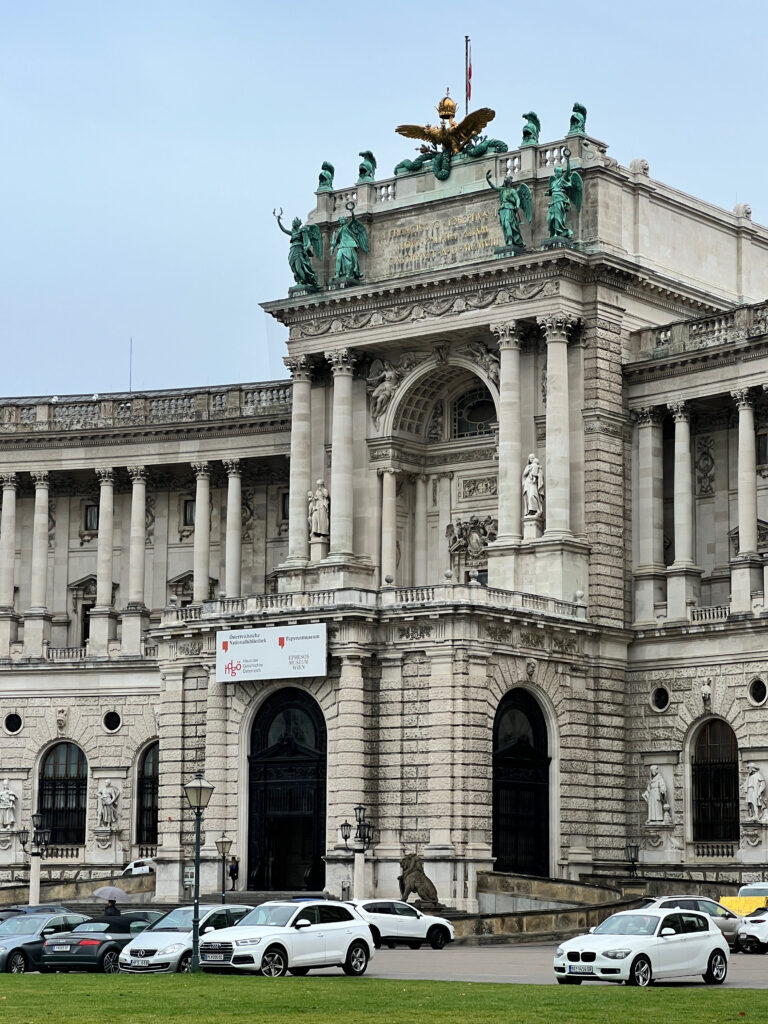
The Spanish Riding School is an institution dedicated to the preservation of classical dressage and the training of Lipizzaner horses. The leading horses and riders of the school periodically tour and perform worldwide. This school is one of the “Big Four”, of the most prestigious classical riding academies in the world.
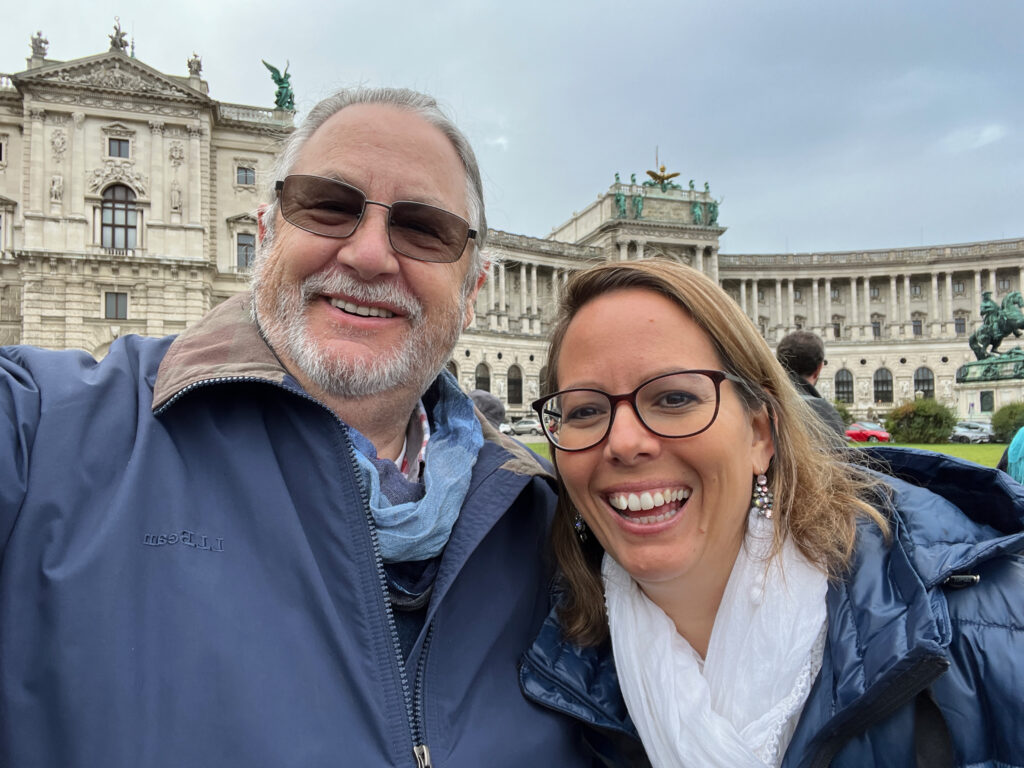

The School is in central Vienna with performances taking place in the Winter Riding School, built between 1729 and 1735. The Winter Riding School is a sunlight-flooded hall, mainly white with some beige and light grey, with a portrait of Emperor Charles VI above the royal box and opposite the entrance (to which the riders always salute before they ride), which measures 180 by 59 feet and is 56 feet in height.
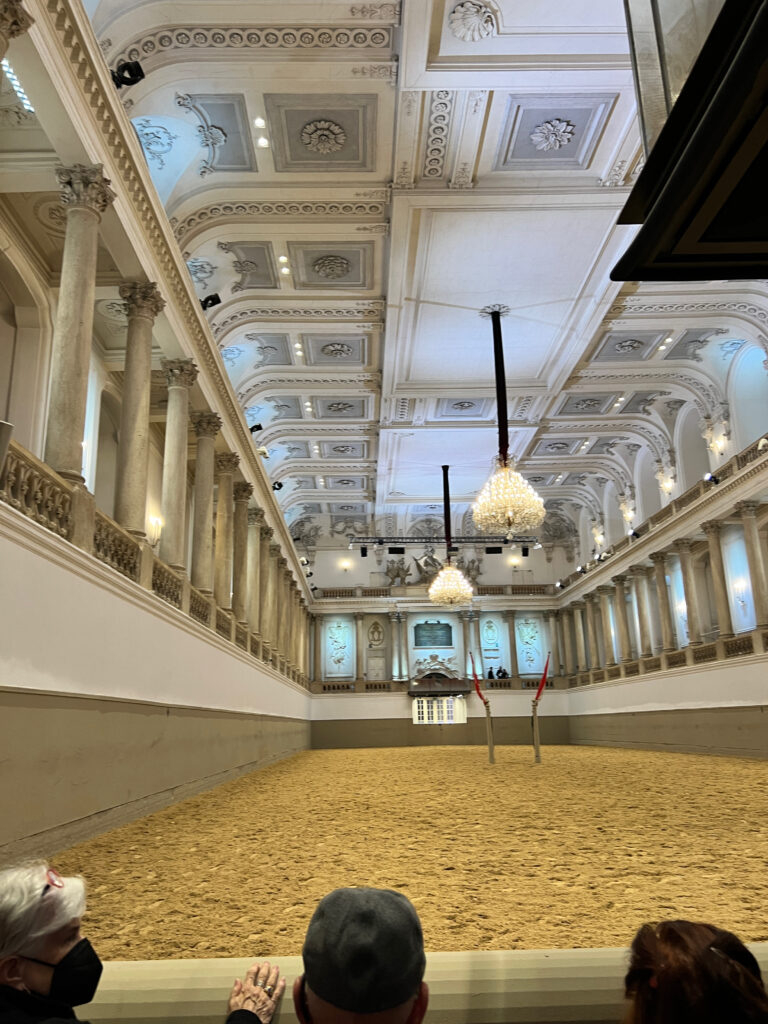
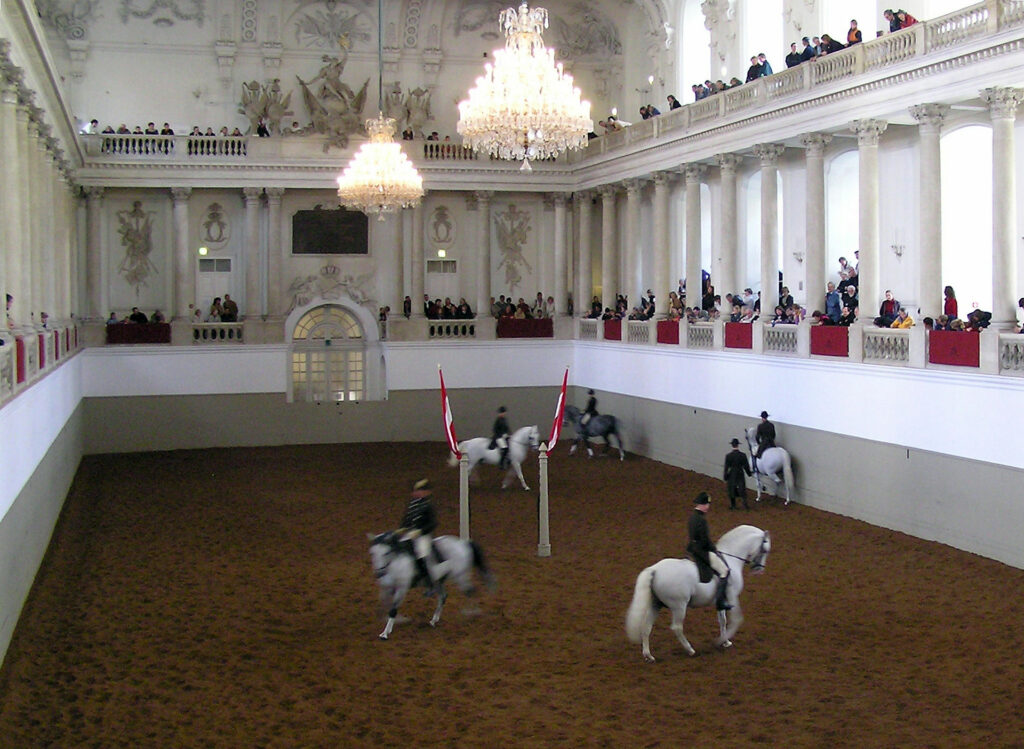
The riding school was first named during the Habsburg Monarchy in 1572 and is the oldest of its kind in the world. Records show that a wooden riding arena was first commissioned in 1565, but it wasn’t until 1729 that Emperor Charles VI commissioned the architect Joseph Emanuel Fischer von Erlach to build the white riding hall used today. We toured this facility and had the opportunity to watch a practice session.
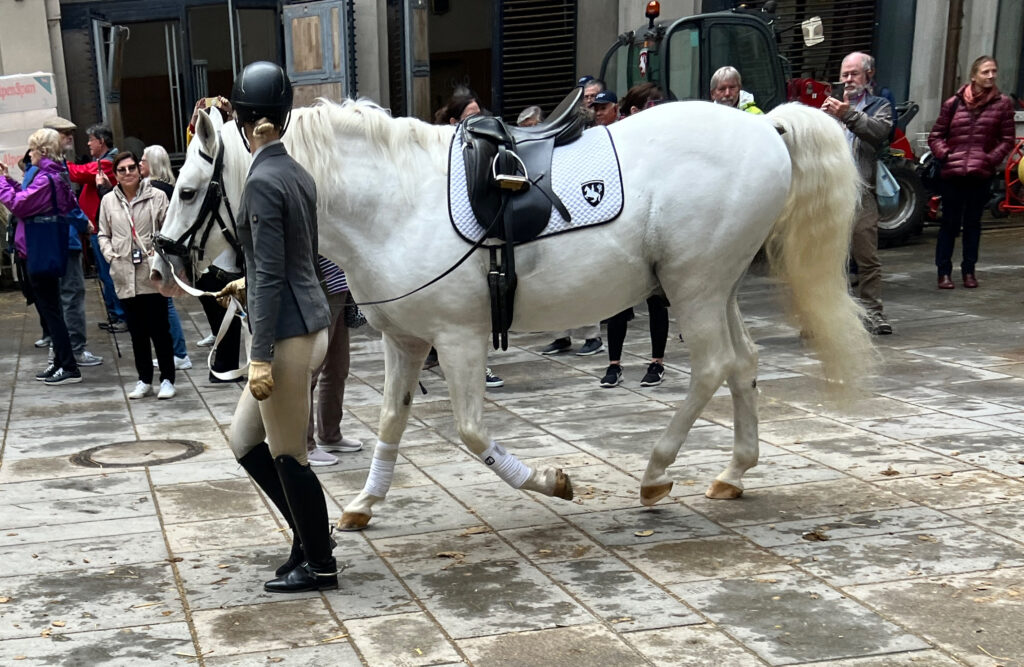
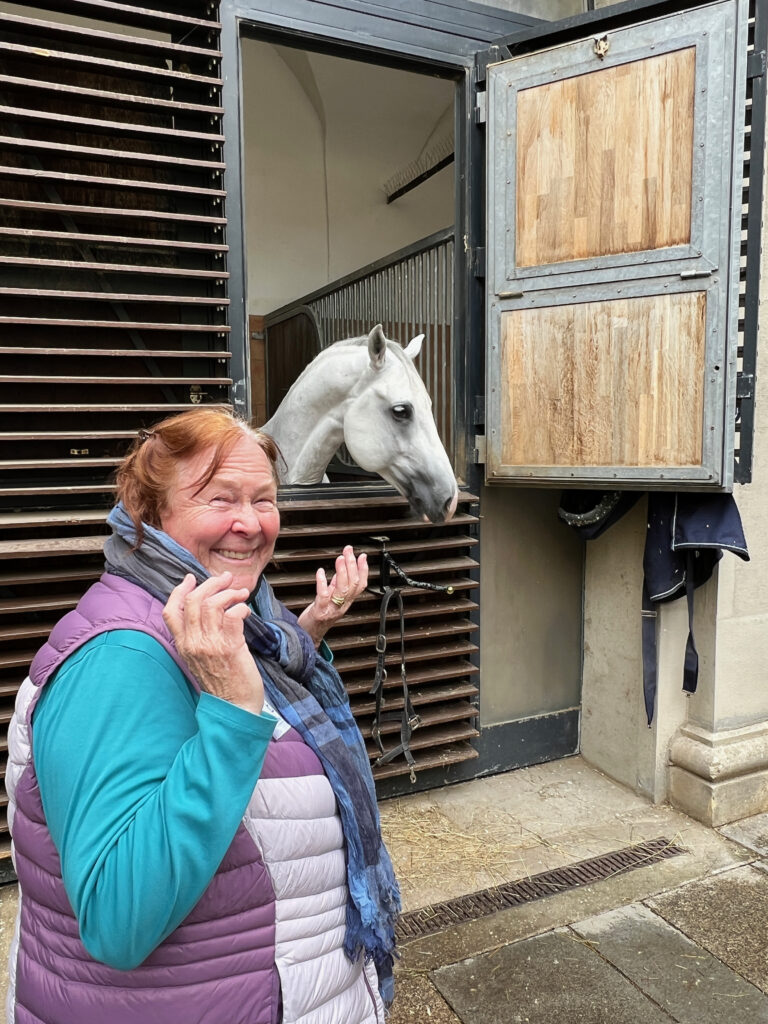

The Spanish Riding School was named for the Spanish horses that formed one of the bases of the Lipizzaner breed, which is used exclusively at the school. Today, all of the breeding of these horses is closely controlled and monitored and only stallions are used at the School (having some mares around would be very distracting for sure). Selected stallions are taken to the breeding farm each year and are allowed to sow a few wild oats.
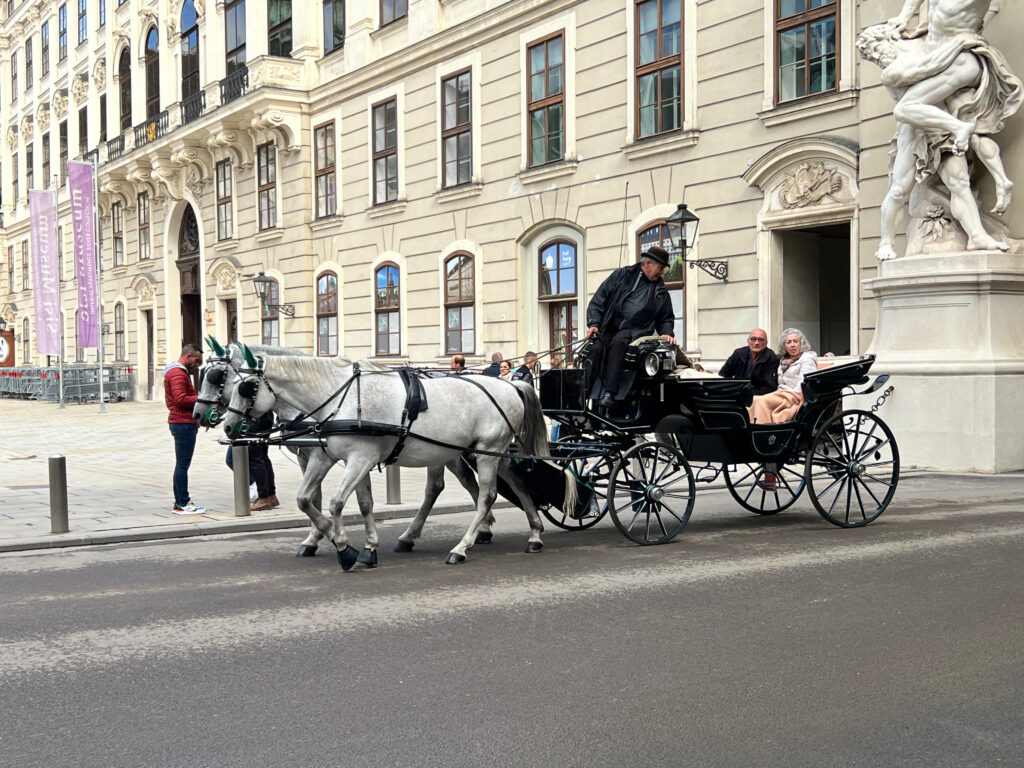
The Spanish Riding School has antecedents in military traditions dating as far back as Xenophon in Ancient Greece, and particularly from the military horsemanship of the post-medieval ages when knights attempted to retain their battlefield preeminence by shedding heavy armor and learning to maneuver quickly and with great complexity on a firearms-dominated battlefield.
Traditionally, Lipizzaners at the school have been trained and ridden wholly by men. In October 2008, two women passed the entrance exam and were accepted to train as riders at the school – the first women to do so in 436 years.
At the outset of our visit, we had the opportunity to meet one of the riders and learn about the overall process they go through. It is clearly a long-term commitment as once you start there really isn’t a final end point until you decide to retire.
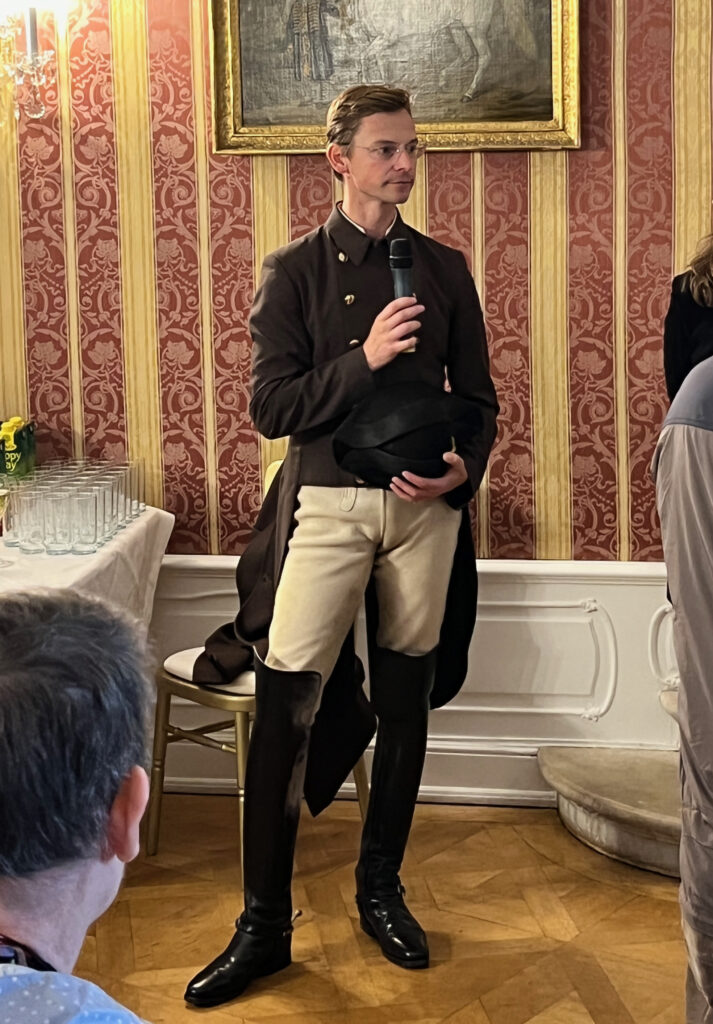
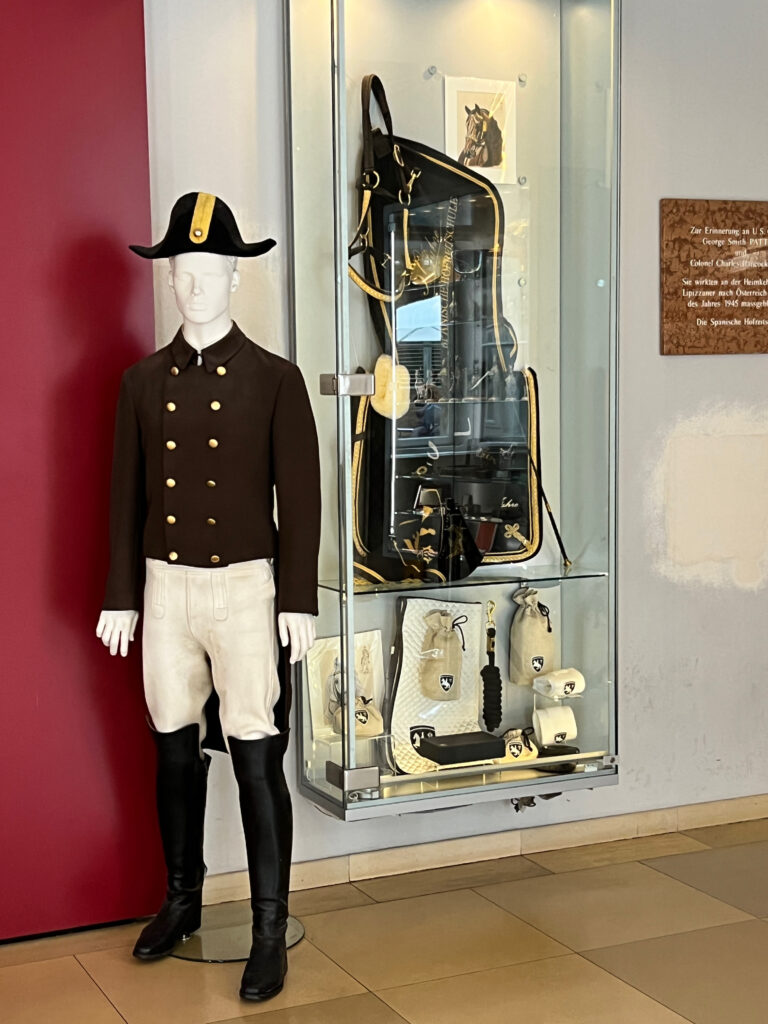
The rider may have several different horses they are training – ranging from new additions to the stables to older horses who have been at the School for many years. Generally, the horses will remain active for 20 plus years and as previously mentioned are all stallions.
It is a very impressive operation with a VERY long tradition. Our access to the stables, walking course and the area was really great. If you’re at all interested in more information about the Spanish Riding Stable, there is a very interesting book called The Perfect Horse by Elizabeth Letts. This book describes the plight of the riding stables during World War II and is quite interesting.
When we returned to the Ship, we had a special treat as a ‘Mini Mozart’ was there to perform for us. She was all of 11 years old and clearly knew how to play the piano.
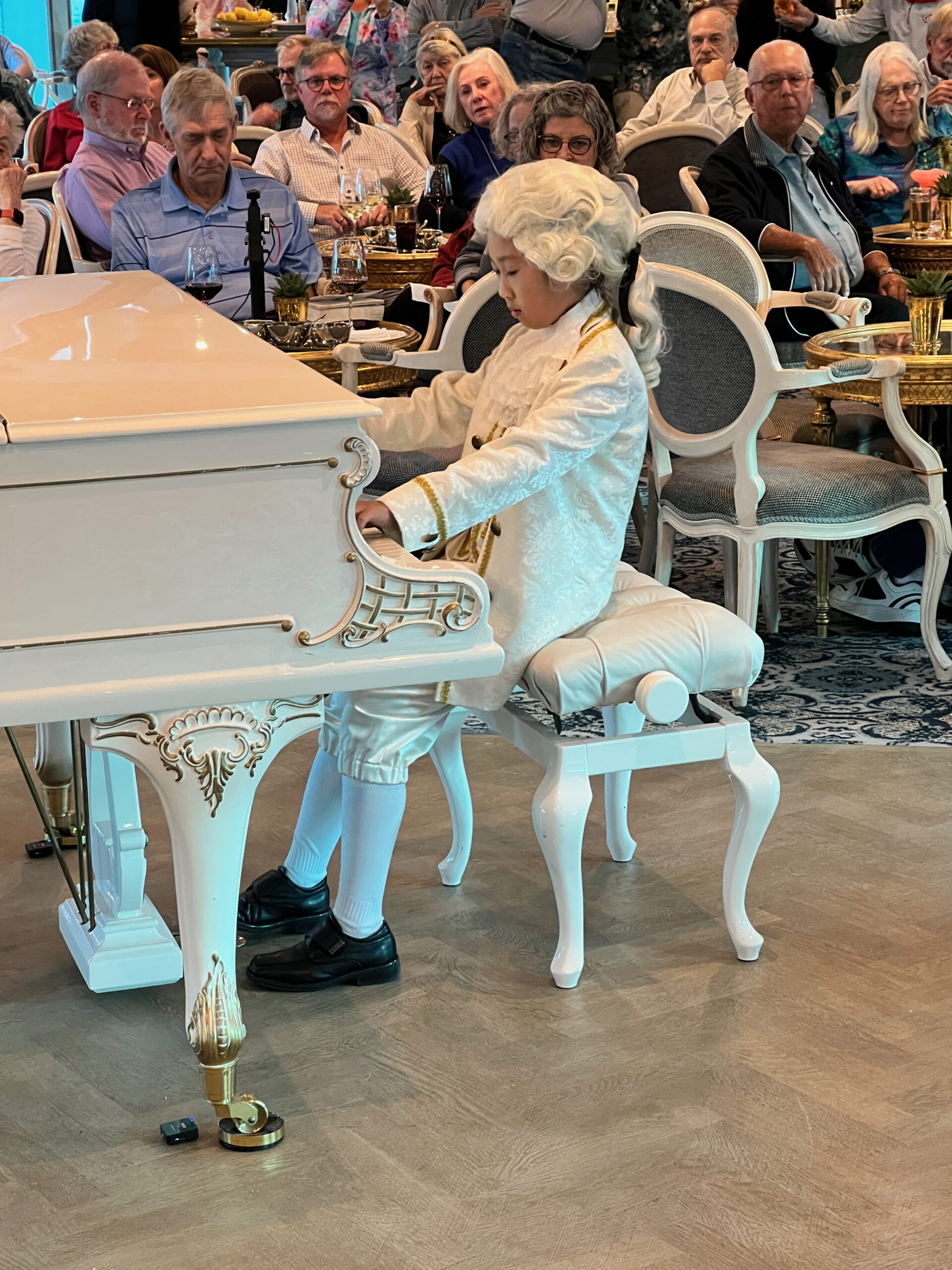
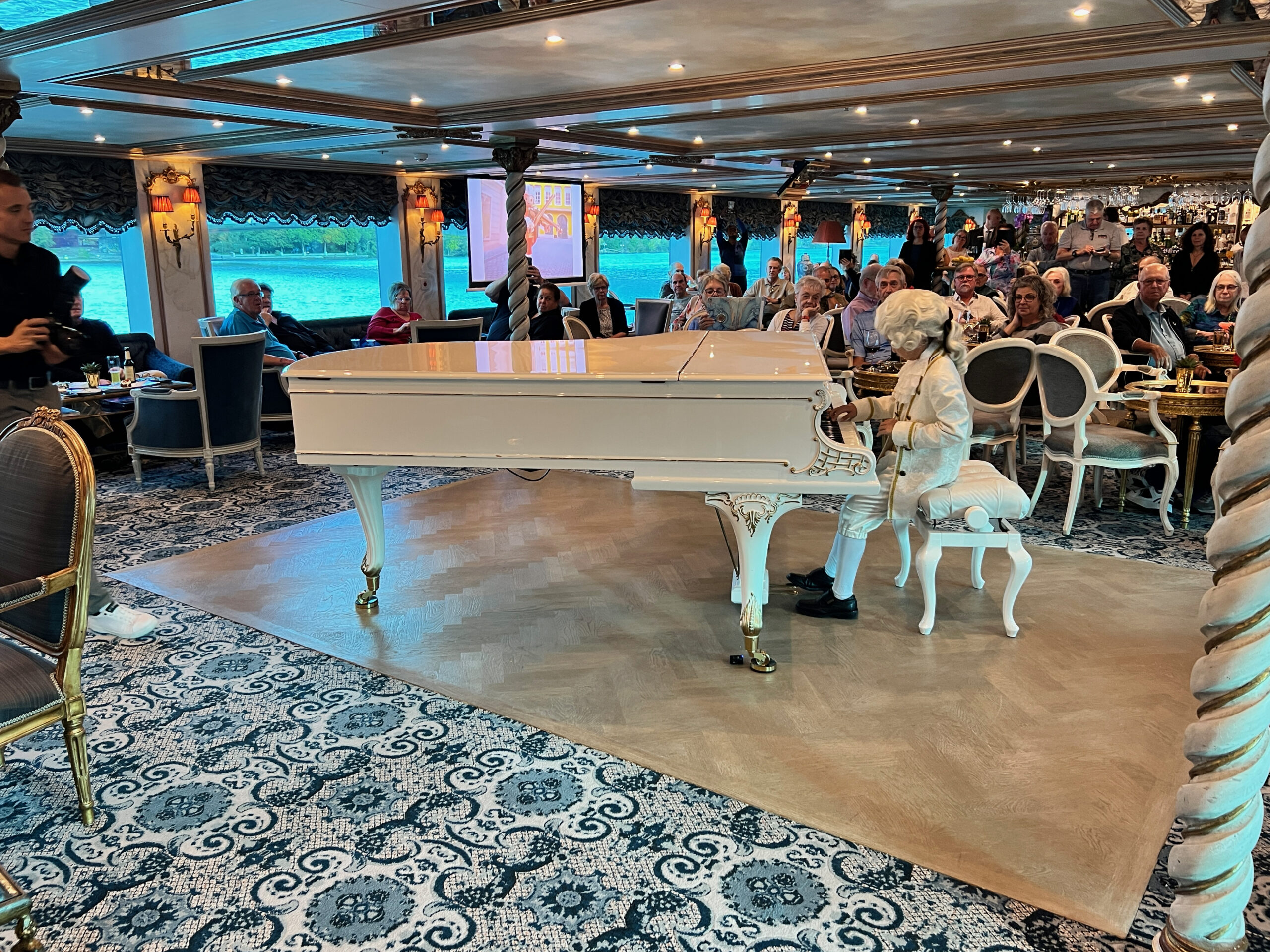
After returning to the ship, enjoying a little Mozart and having dinner, we re-boarded our bus and headed out to the Palais Belvedere for a private showing.
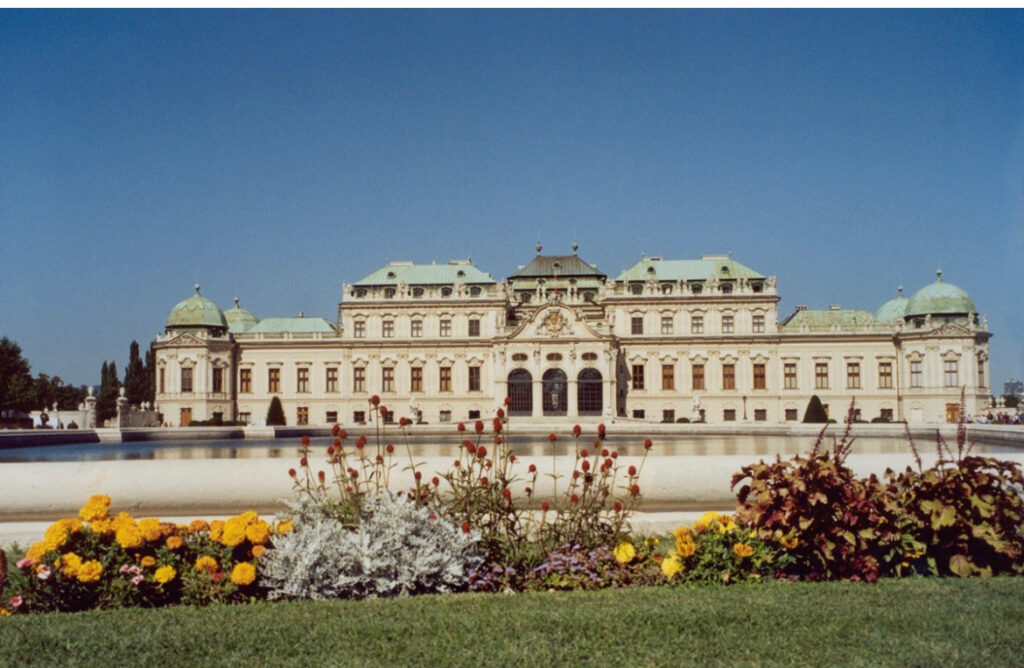
The Belvedere palaces were built in the early eighteenth century by the famous Baroque architect Johann Lucas von Hildebrandt to be used as the summer residence of Prince Eugene of Savoy (1663–1736). One of Europe’s most stunning Baroque landmarks, this complex – comprising the Upper and Lower Belvedere and an extensive garden – is listed as a UNESCO World Heritage Site.
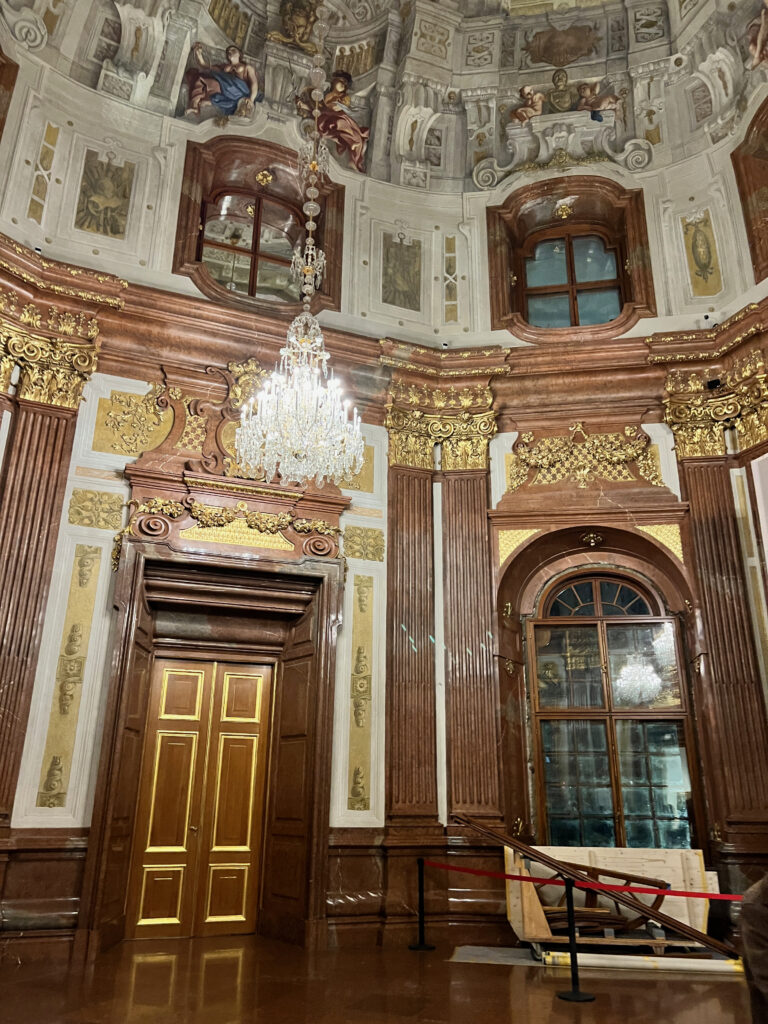
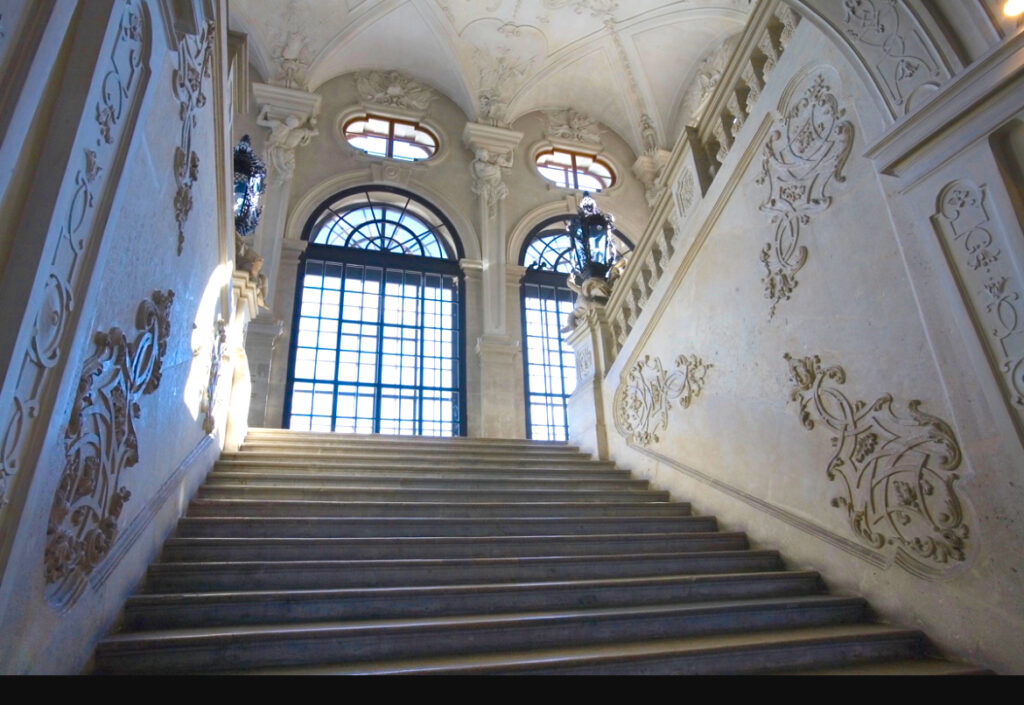
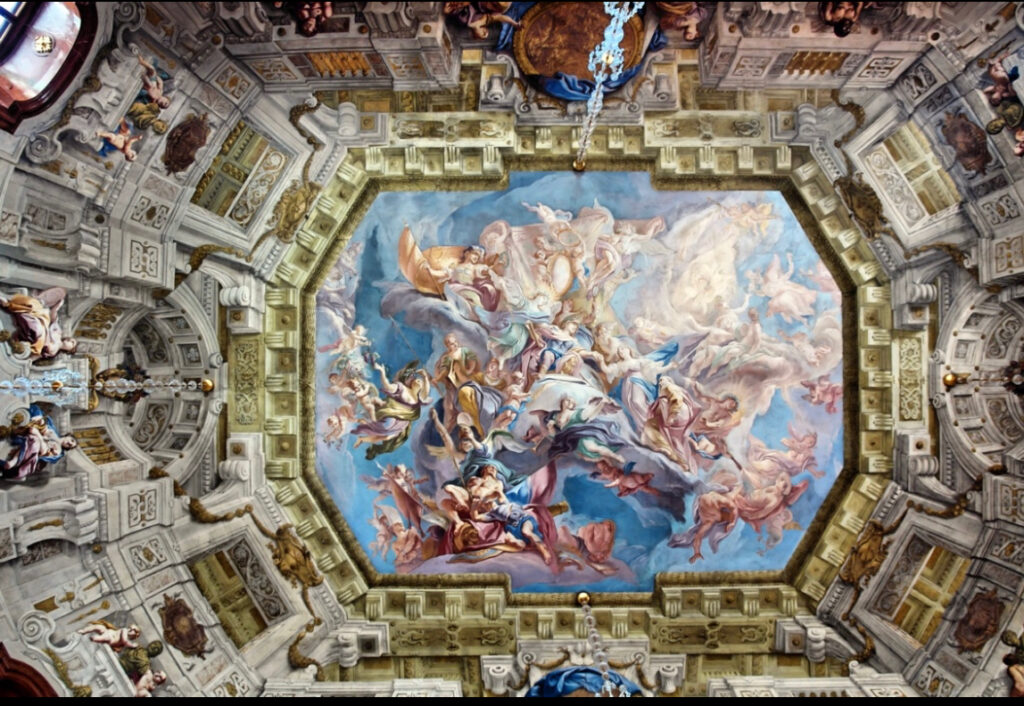
Today the Belvedere houses the greatest collection of Austrian art dating from the Middle Ages to the present day, complemented by the work of international artists such as Claude Monet, Vincent van Gogh, and Max Beckmann.

One of the highlights is the world’s largest collection of Gustav Klimt’s paintings including the famous golden Art Nouveau icons the Kiss (Lovers) and Judith.
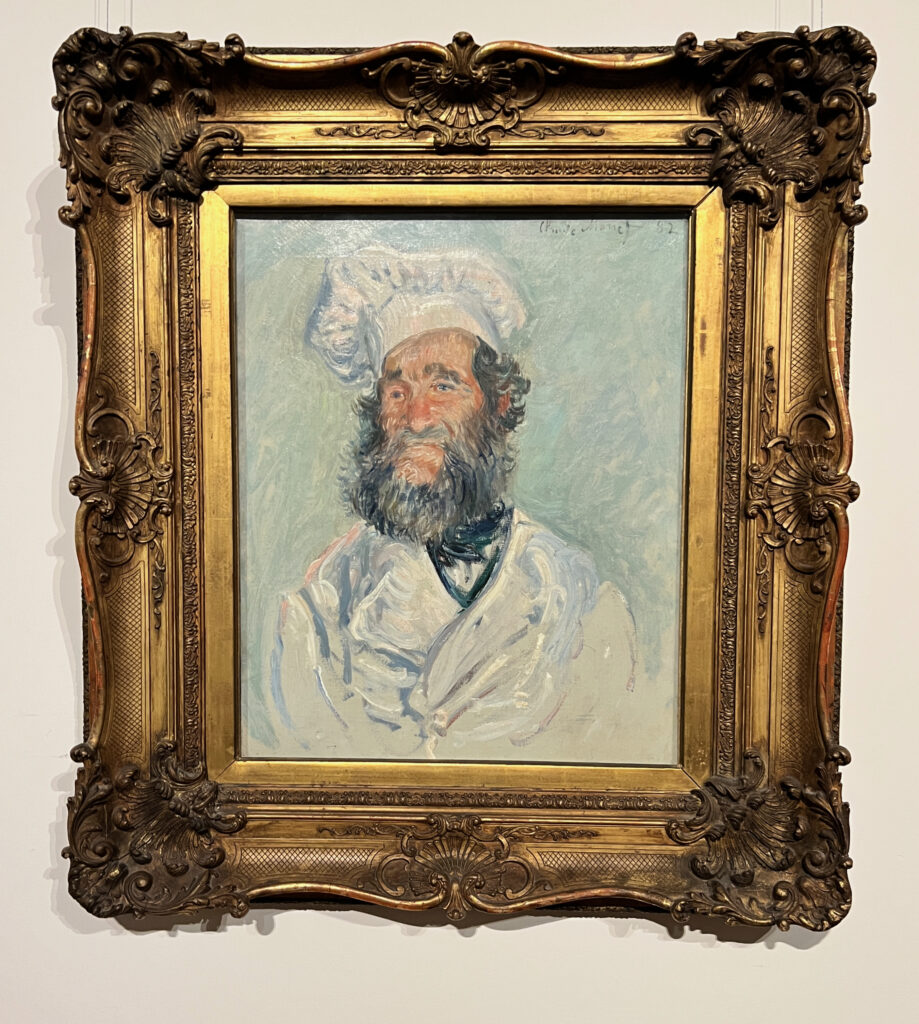
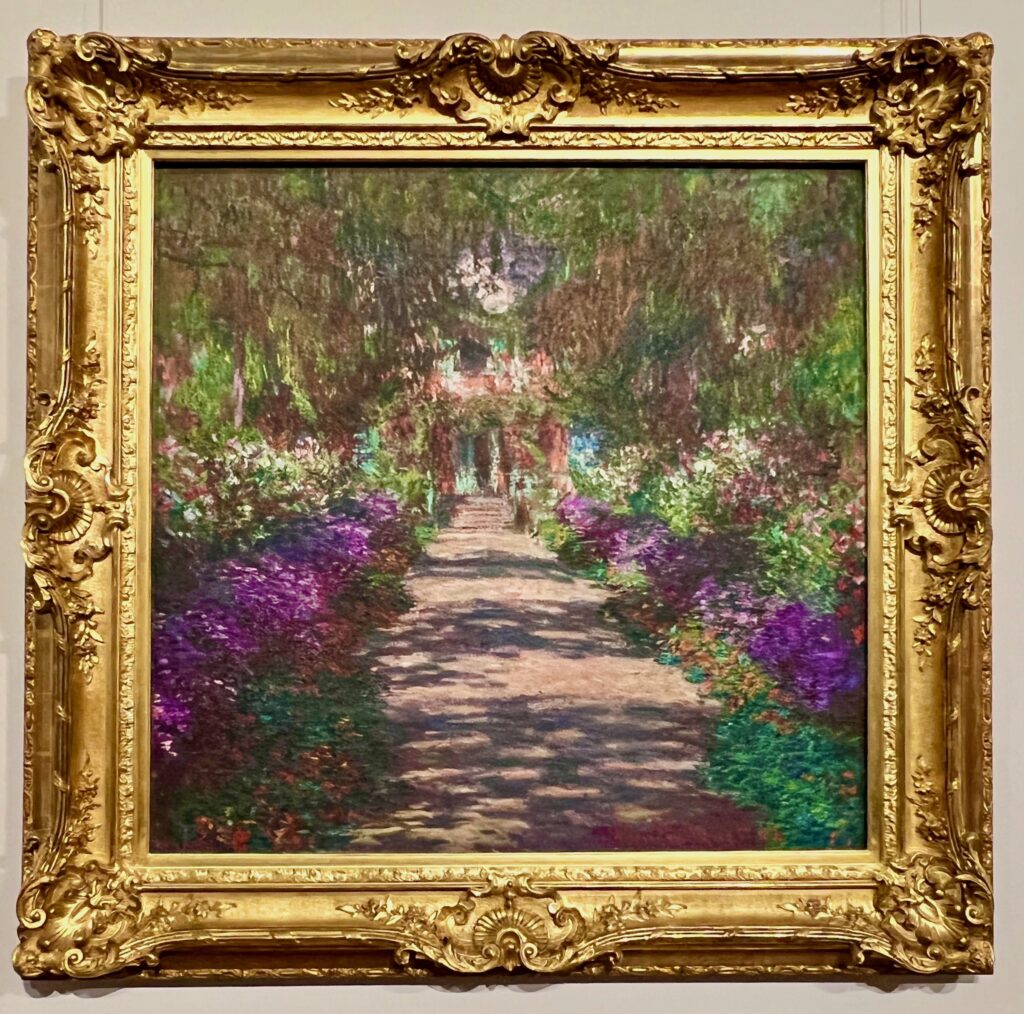
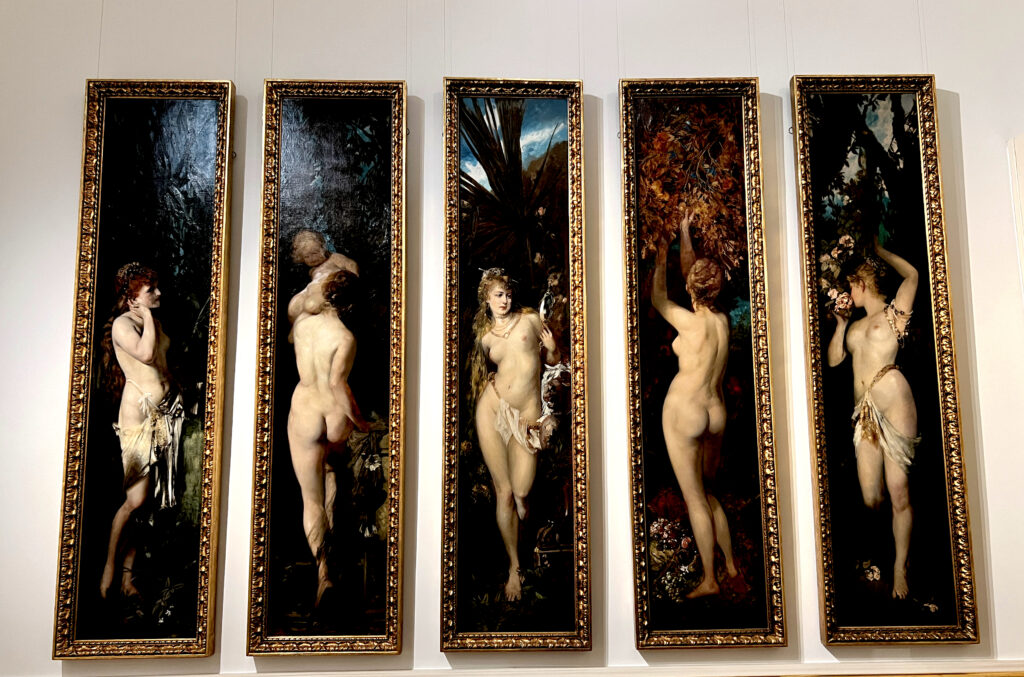
Hearing – Touch – Sight – Taste – Smell
We had the museum to ourselves with a fantastic guide who was ready to spend several hours going over all of the collection.
Most likely the most recognized painting in the collection is by Gustav Klimt – The Kiss. I have seen this hundreds of times on everything from bags to coffee mugs.
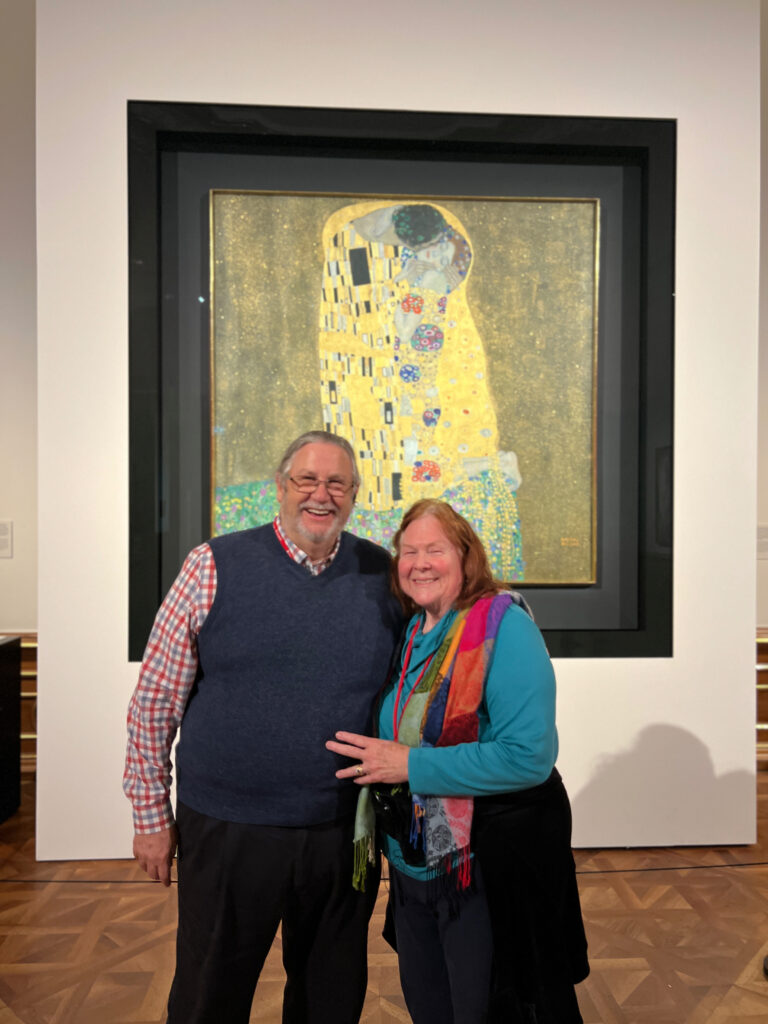
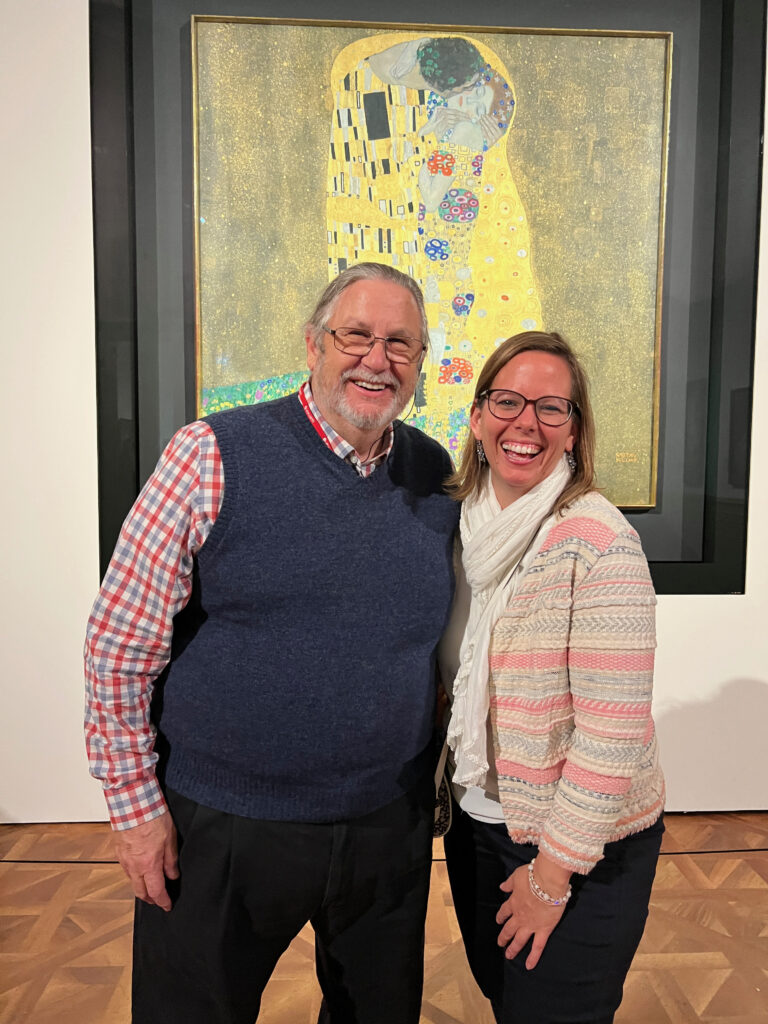
Regrettable, we didn’t have 4 hours but only a couple to explore and learn about this wonderful museum.
Thus ended our trip to Vienna – a lovely day with many highlights for sure.
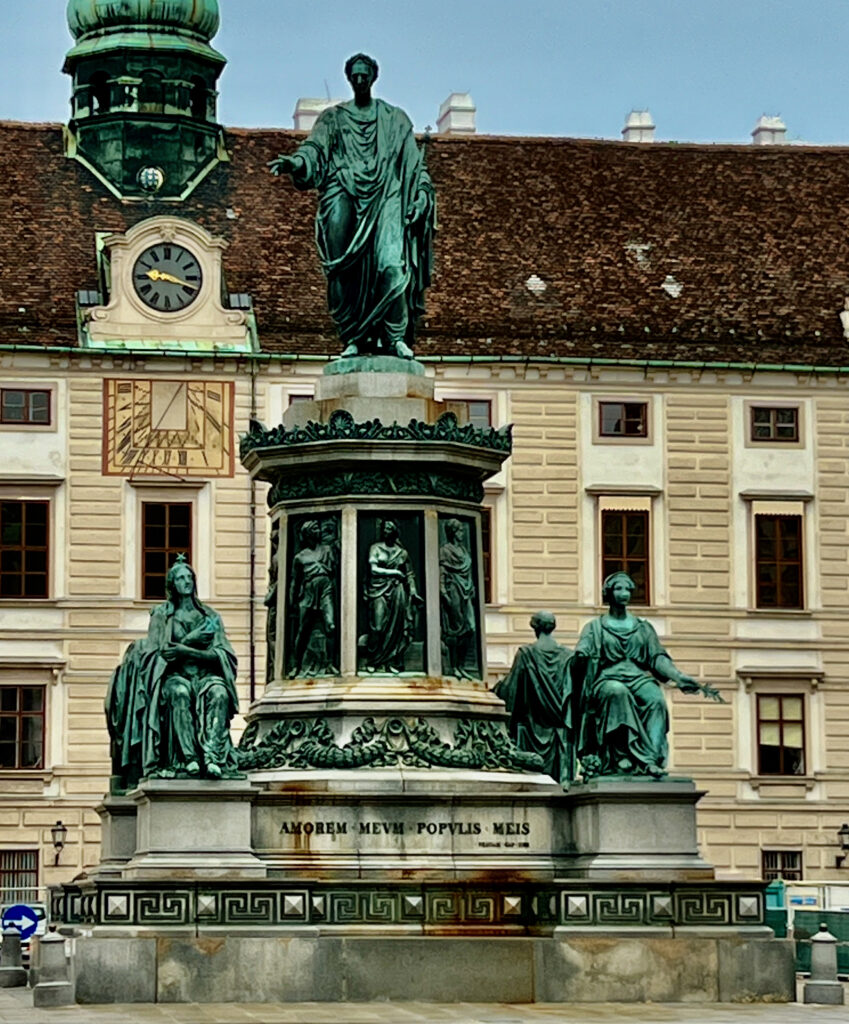
#ExploreUniWorld